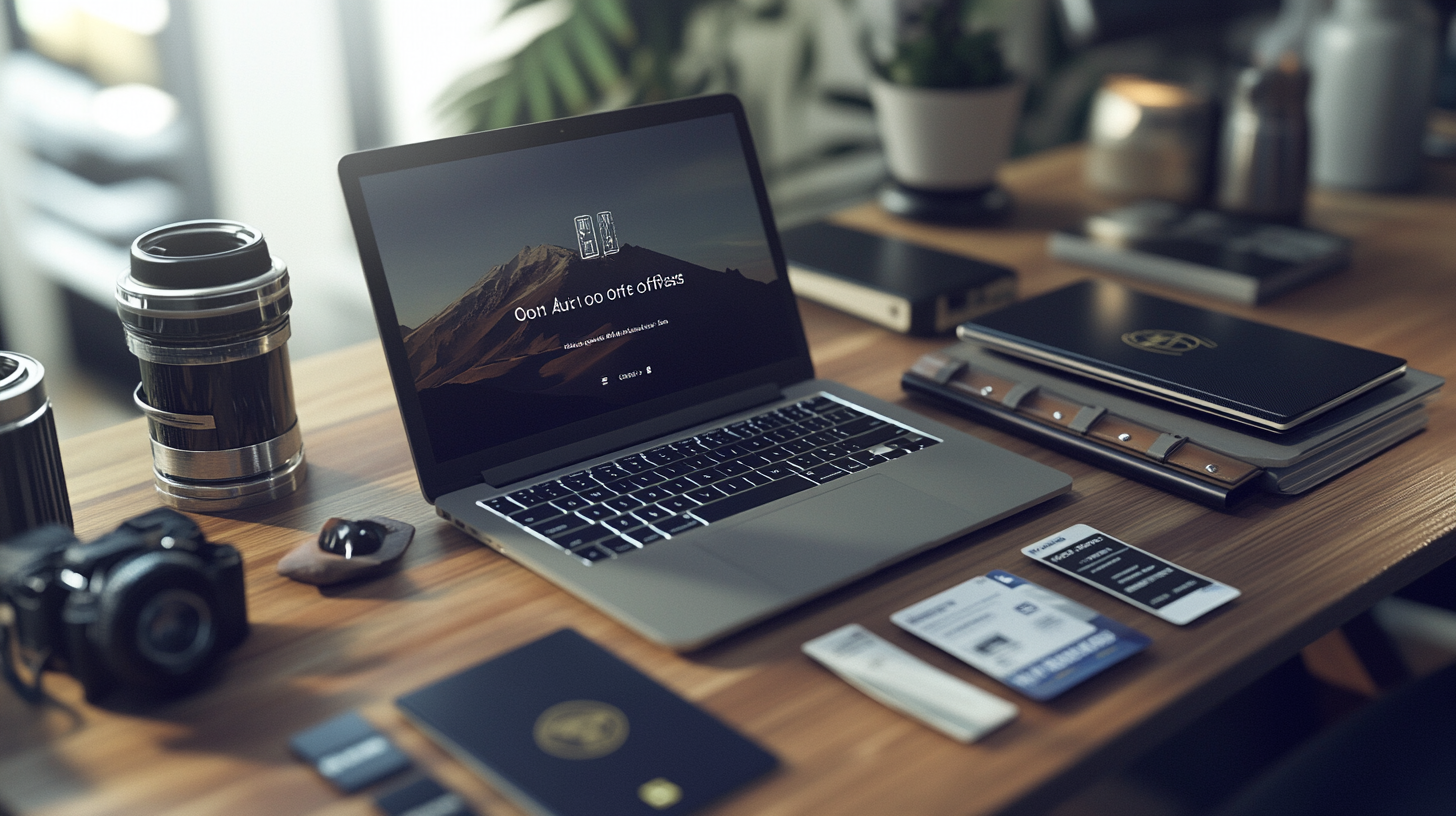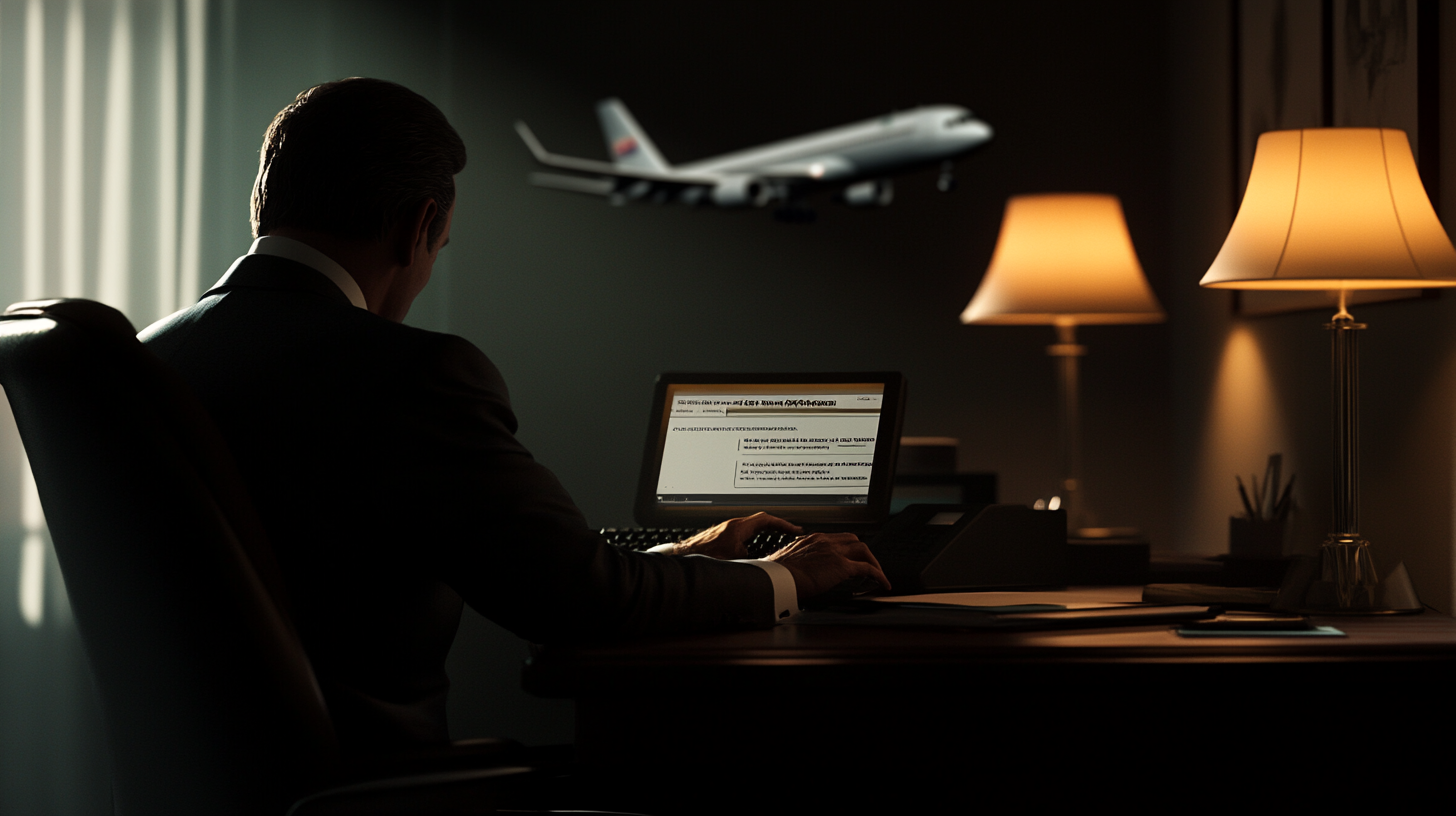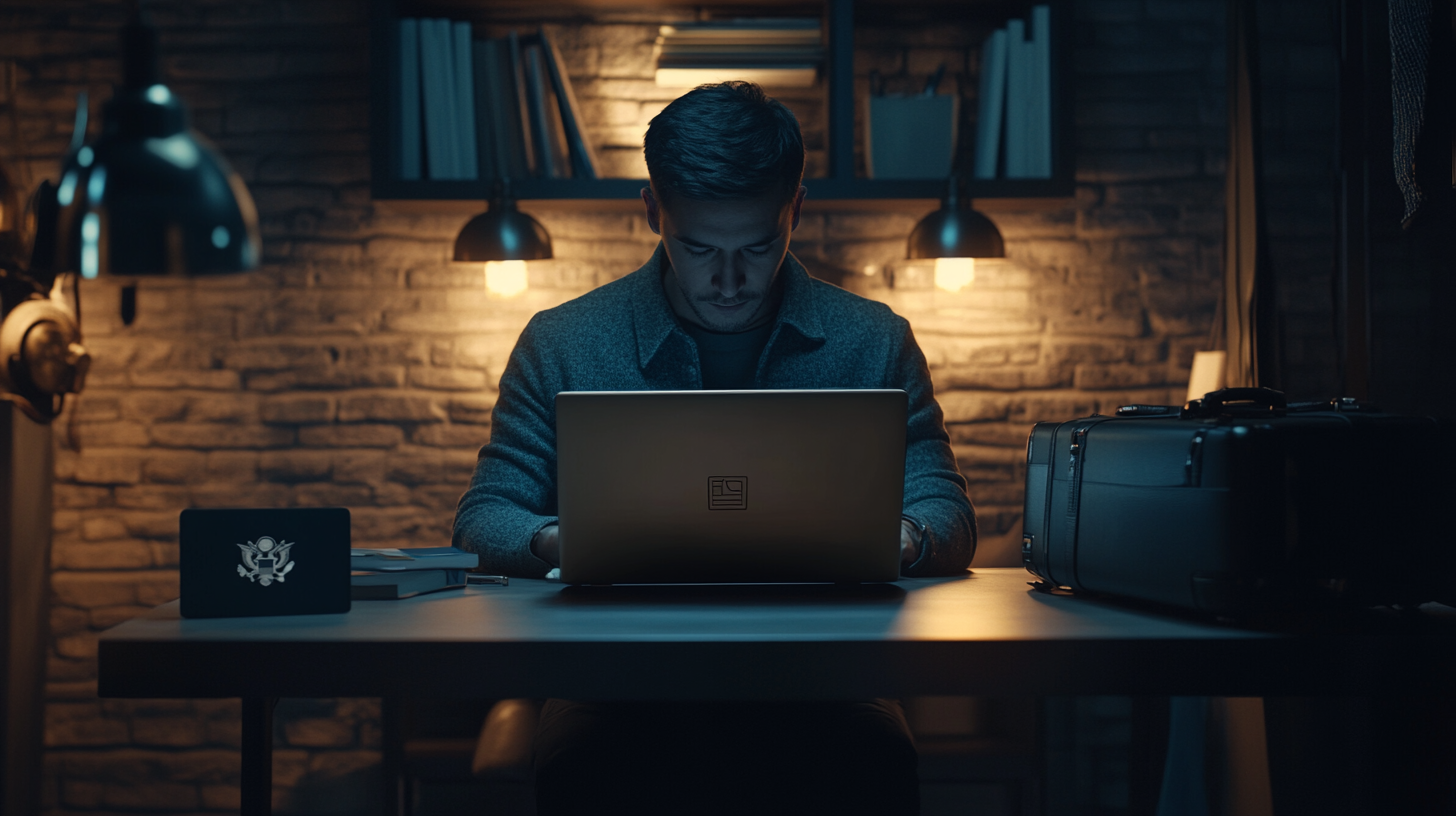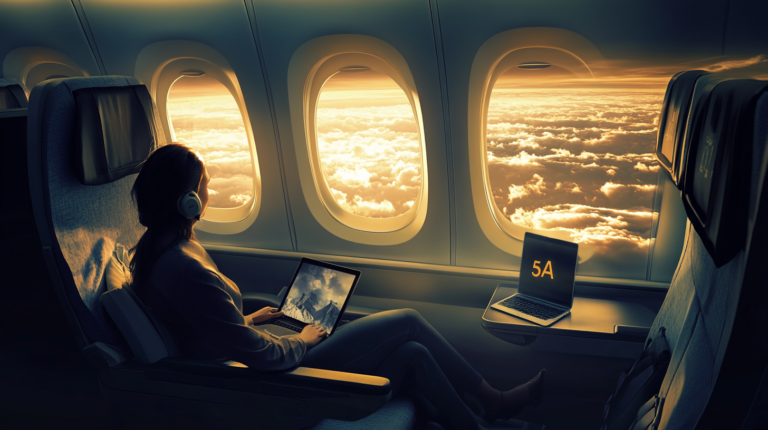Crafting the Ultimate Business Travel Out-of-Office Message

Why Out-of-Office Messages Matter for Frequent Flyers

In my own travels, I’ve realized that business flights can involve juggling jam-packed itineraries, variable time zones, and critical meetings on the road. A well-thought-out out-of-office (OOO) message instantly conveys respect for the people who might be trying to reach me. Letting clients and colleagues know exactly when I’ll be offline has saved everyone from unnecessary confusion.
According to a 2024 survey by the Global Business Travel Association, nearly 67% of corporate travelers noted that clear OOO messages helped colleagues understand and plan around their absence. From my perspective, it also helps set healthy boundaries, ensuring I can prioritize my responsibilities in the air while offering an alternative contact for urgent matters. Whether it’s a short hop to another city or a long-haul journey overseas, clarity and courtesy go a long way toward building trust in professional circles.
That trust, in turn, underscores why OOO messages matter so much for frequent flyers. By clearly stating my limited email availability, others know I won’t be checking my inbox at 35,000 feet. And by providing a brief explanation—such as attending a conference or meeting investors—everyone understands why I’m out of reach and can plan accordingly.
Essential Elements of a Business Travel OOO Reply

I’ve found that a concise greeting, followed by a clear statement that I’m traveling for business, works wonders. Keeping it short yet informative ensures readers won’t feel overwhelmed by a lengthy auto-reply. It’s also essential to include my travel dates and a realistic timeframe for when I’ll be back or able to respond.
Industry data shows that over 70% of professionals prefer an OOO message that has actionable details, like a backup contact person for urgent needs. Being explicit about whom to reach out to not only removes frustration for my colleagues, but also makes sure critical matters are handled promptly. I often provide a senior team member’s email or phone for emergencies.
Before boarding, I double-check my spelling, verify details (especially the contact information of the backup person), and set an activation window for my OOO message. Doing so means I’m not stressing about last-minute corrections while hustling through airport security. In 2025, with so many AI-driven tools at our disposal, a final proofread is quick and easy, helping ensure everything looks professional.
Balancing Professionalism and Personality

Over the years, I’ve experimented with different tones in OOO messages. For close-knit internal teams, adding a dash of humor—like a quick quip about airline coffee or jet lag—has brightened the receiver’s day while still communicating my message. However, I’m aware that external clients usually expect a more formal note, so I keep things straightforward in those contexts.
A recent study from the University of Corporate Communications found that a touch of personality can increase open rates by nearly 15%, even for automated emails. Balancing that with a respectful tone takes practice. I aim to show a bit of my unique approach to travel and innovation without distracting from the main purpose: explaining my limited availability.
When it comes to privacy, I recommend considering whether to include specific details about your location. In my experience, referencing that I’m abroad might help contextualize time lags, but oversharing can raise concerns about personal safety. Choose the right blend of transparency and discretion for your situation.
Strategic Timing and Smart Tools

Activating my OOO message just before I board (or the morning of my departure) has cut down on last-minute emails that might go unanswered. If I wait until I’m at the gate and in a rush, the potential for user error goes up, so setting it early is a big stress-saver. Once I’m back at my home base and ready to respond to the usual inbox flow, I deactivate the message promptly to avoid confusion.
On the logistical side, advanced platforms for travel management are invaluable. Tools like ITILITE or other corporate booking apps streamline flights, accommodation, and ground transport, leaving me with more mental bandwidth to focus on professional tasks. These platforms often integrate with calendar systems, providing reminders to set up an OOO message as a standard part of trip planning.
Meanwhile, AI-driven writing assistants can offer quick suggestions for OOO messages, which I’ve used to save time. In 2025, reliable language models can create compelling drafts in seconds, but I always make sure to personalize the final version so it reflects my unique style and the specifics of the trip.
Top Picks for Engaging Templates

Over countless trips, I’ve gathered a few sample templates that cover different tones and audiences. My “Straightforward Professional” version is direct: it starts with the dates I’ll be unavailable, the reason (conferences, business meetings, or site visits), and a direct line of contact for emergencies. It gets the job done without fluff—and that’s often all people need.
You can also inject humor if it suits your company culture. I’ve tried lines like, “I’m currently in transit, and I may or may not be searching for the world’s best airplane coffee.” As long as the main information is there, a little lightheartedness can make reading an auto-reply less of a chore. For those who enjoy creative twists, adding a witty opener that references an inside joke can be memorable, especially for internal teams.
The key is to ensure your message remains polished and helps people take the next step if they need immediate support. Confidence in your communication is critical for maintaining professional relationships during travel.
Final Thoughts

Out-of-office messages may seem like a small detail in the grand scheme of business travel, but they’re actually a valuable tool for fostering smooth collaboration and setting realistic boundaries. By combining a succinct explanation of my trip with a gentle nod to my love of innovation, I can stay connected without being tethered to my inbox.
Create an OOO reply that’s both professional and personable, and you’ll empower colleagues, reassure clients, and prevent unnecessary stress. Reflect on your own journey patterns, plan ahead, and use technology to handle the simple stuff—so you can focus on the bigger picture wherever your work takes you.
Amelia Yeaher’s Take
When I’m flying off on a new adventure, I see my OOO message as a handshake extended from the skies. It invites conversation yet explains why I can’t respond right away. In a world turning increasingly digital, a thoughtful auto-reply can add that ounce of human warmth we sometimes miss in emails.
Most importantly, the OOO reply is a reflection of your personal brand and professional approach. Treat it as an extension of yourself, and it can truly elevate your travel game.






